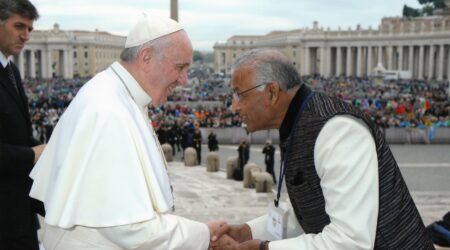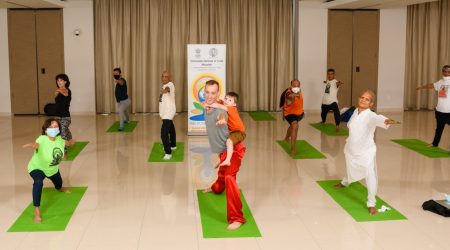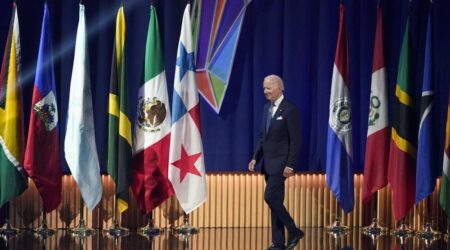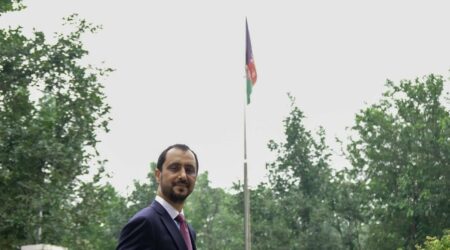By Dr. Bhaswati Bhattacharya
While experts interviewed in America about herbal medicine discuss the variety of effective herbs and the history of medicine in the USA as the history of herbal medicine, they also discuss the history of Galen and Hippocrates as the source of medicinal knowledge. This is rarely questioned and therefore propagated to new audiences without repair, including people from countries who know that their medical traditions are much older and much more capable than what the mainstream discusses. They stay quiet because it is easier not to argue. They stay quiet because they are minorities who do not want to be targeted.
In fact, the use of Herbal medicine by humans is described in hundreds of ancient texts that are at least 1000 years old. Archaeologic evidence shows that writings are over 10,000 years old. Among the oldest medical texts is the Charaka Samhita, in which Charaka captured the teachings of Agnivesha who was the student of Atreya at least 2500 years ago.
In addition, there was a master surgeon in the ancient city of Varanasi/Kashi/Benaras (the same city, different names over 10,000 years) named Sushruta with an amazing text on a surgery called Sushruta Samhita that is also at least 2500 years old. Why are they ignored?
They have been translated into English. They have been studied by almost a million people. They were taken from ships by force that sailed from India thousands of years ago to the Mediterranean and deposited into the library in Alexandria, Egypt. Their four humors are suspiciously parallel to Susruta’s four doshas. Why would it not be probable that he co-opted the knowledge rather than presuming that he discovered it without any evidence in his writings of how he converted from magical notions of Greek gods creating disease to humors creating disease?
Both Charaka and Susruta describe the origin and definition of medicines. Medicines are made of three substances: plants, animals (land, air, and water animals), and/or minerals. These categories are described in detail in the texts. The cautions, the ways of preparing them for proper use by humans so that they are not toxic, and the uses and combinations, doses, and times are all discussed. But modern herbalists seem totally ignorant of these profound discussions and logic, the evidence, and the testing.
Despite all this evidence, there are doctors who blindly question the use of ayurvedic medicines but blindly accept drug-based pharmaceutical medicines without looking at the hard scientific evidence that shows that drugs kill more people per year than herbal medicines do. Drugs have side effects that can permanently damage a person’s body and mind. Drugs have side effects that destroy the brain, liver, and kidneys and can cause gut problems. But they are systematically ignored, despite all the scientific evidence for the brain-gut connections, the gut microbiome.
The reason for this may be that people are not afraid of dangers that are familiar, such as crossing a busy wide avenue in oncoming traffic where accidents happen regularly, or eating raw meat and fish, or having unprotected sex with a stranger. Yet they are afraid of the unknown. The medical establishment invests a lot of money to tell people through advertisements and subliminal messages placed on cinema and TV and news programs that herbs are unknown, foreign, and unsafe.
The established powers mollify the use of mainstream medicines as being safe and effective with evidence defined per clinical trials and FDA regulations that are obviously financially incentivized. Just filing a new drug application to the FDA to get them to consider the substance as a drug will cost $1.1 million today.
Meanwhile, we can get seeds from our neighbor or friend and grow herbs for free and use them as per native knowledge that has worked for thousands of years. The costly process — which is sometimes falsified or inept due to pressures to capture data and show positive results is believed by western scientists in academia, the NIH, and the FDA, more than they believe 1000s of years of wisdom.
While herbs and herbalism are part of every person’s life constantly and every day, we have called them alternatives. In fact, through foods, aromas, lotions, and any clothing made with plants that are beneficial to health such as cotton or linen, we have taken things that are native to us for millennia and made them altered from our native ways.

Dr. Bhaswati Bhattacharya












